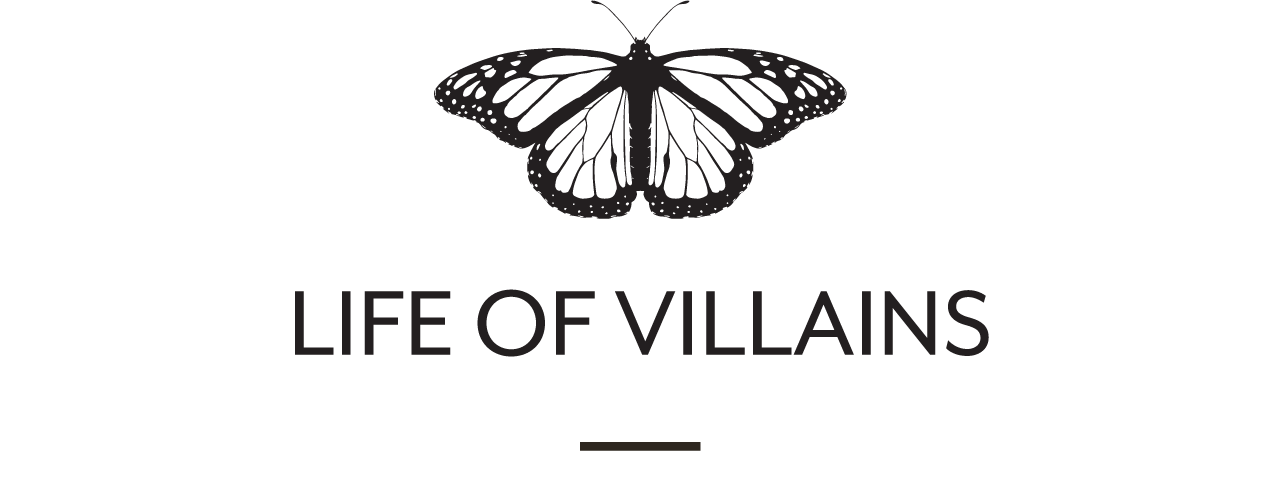
The climbers that stood out were the ones who weren’t afraid to be a little different.
Thank you, Boone, Josune, Ron and Lisa.
A brand is only as strong as the story that backs it up. Growing up in New Hampshire in the ‘90s, I never felt like I fit in. I was a bit of a black sheep. My friends listened to East Coast rap—I listened to Tupac. They wore Birkenstocks—I wore Jordans. They partied senior year,—I went straight edge, all consumed by my passion for hardcore music and rock climbing. Even in the climbing world, I was also a black sheep. I didn’t dress or talk like other climbers. People called me too loud, too rude, too hyper, too different from the norms. You’d think this would be an incentive to get self-conscious, shrink away, hide. Instead I grew stronger by staying true to myself.
I found inspiration in other people who were like me—not necessarily the same style as me, but people who brought something unique to the table. I’m drawn to aesthetics, the abnormal, creativity, street culture, dogs, grit, subcultures. Progression while remaining authentic. Pride while remaining humble. Diversity while promoting inclusivity. Vision for all the possibilities and potential.
There’s a list of climbers who stood out to me but only a select few remained deeply interesting. I’ve always been fond of climbers who were interested in more than just climbing. This is the inspiration behind GIMME A REASON—our first collection paying homage to the characters who’ve given me a reason, not only for their climbing contributions but the uniqueness of their personality and spirit. We hope they give you a reason, too.
Joel Kinder on the extension to Bone Tomahawk, 5.15b?

100% of GIMME A REASON proceeds donated to Sacred Rok, a nonprofit 501(c)3 based in Yosemite, California.
All photographs were donated to this project. They are images that I grew up looking at. They inspired me. Life of Villians is continuing the circle of giving back by donating 100% of the profits on this collection to Sacred Rok.
Founded by Ron Kauk, Sacred Rok supports underprivileged, at-risk, and incarcerated youth in nature, helping them to access, learn about, and respect the outdoor world and themselves.
Visit Sacred Rok and learn more —>




